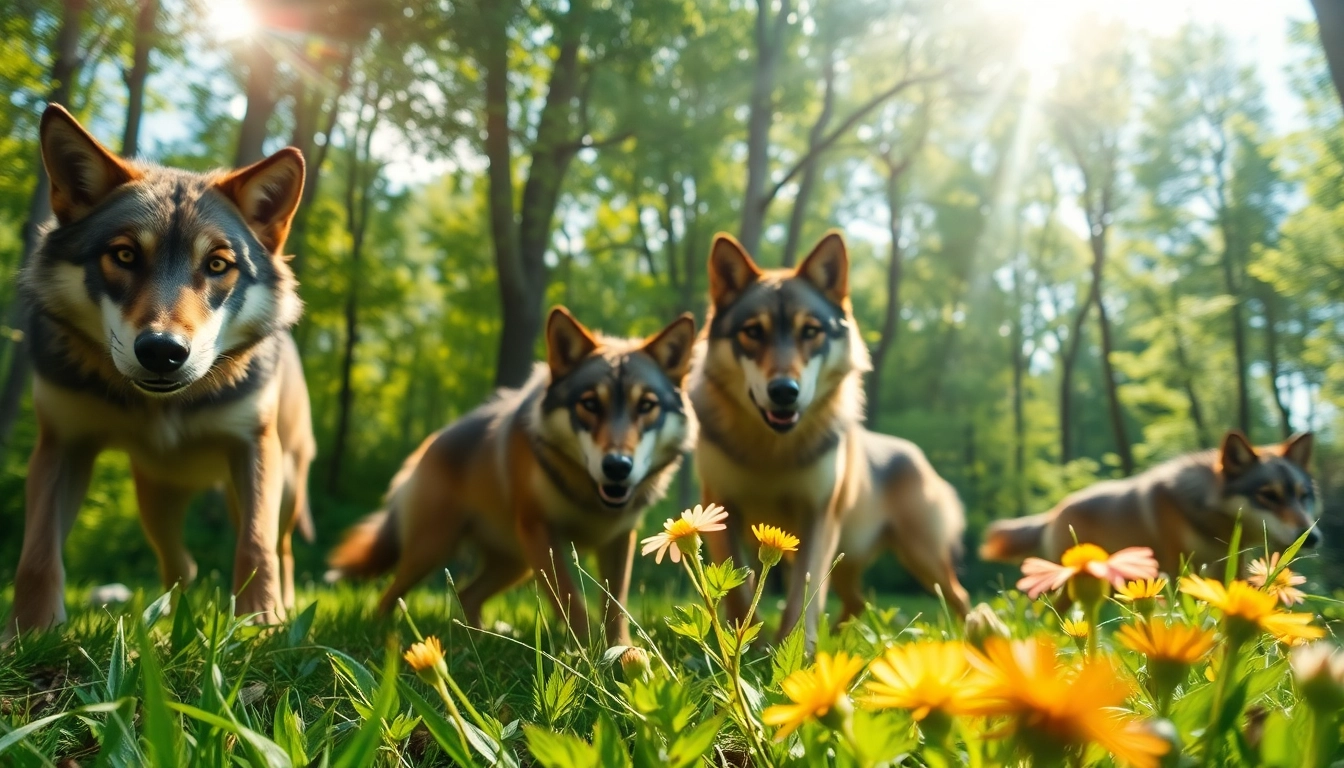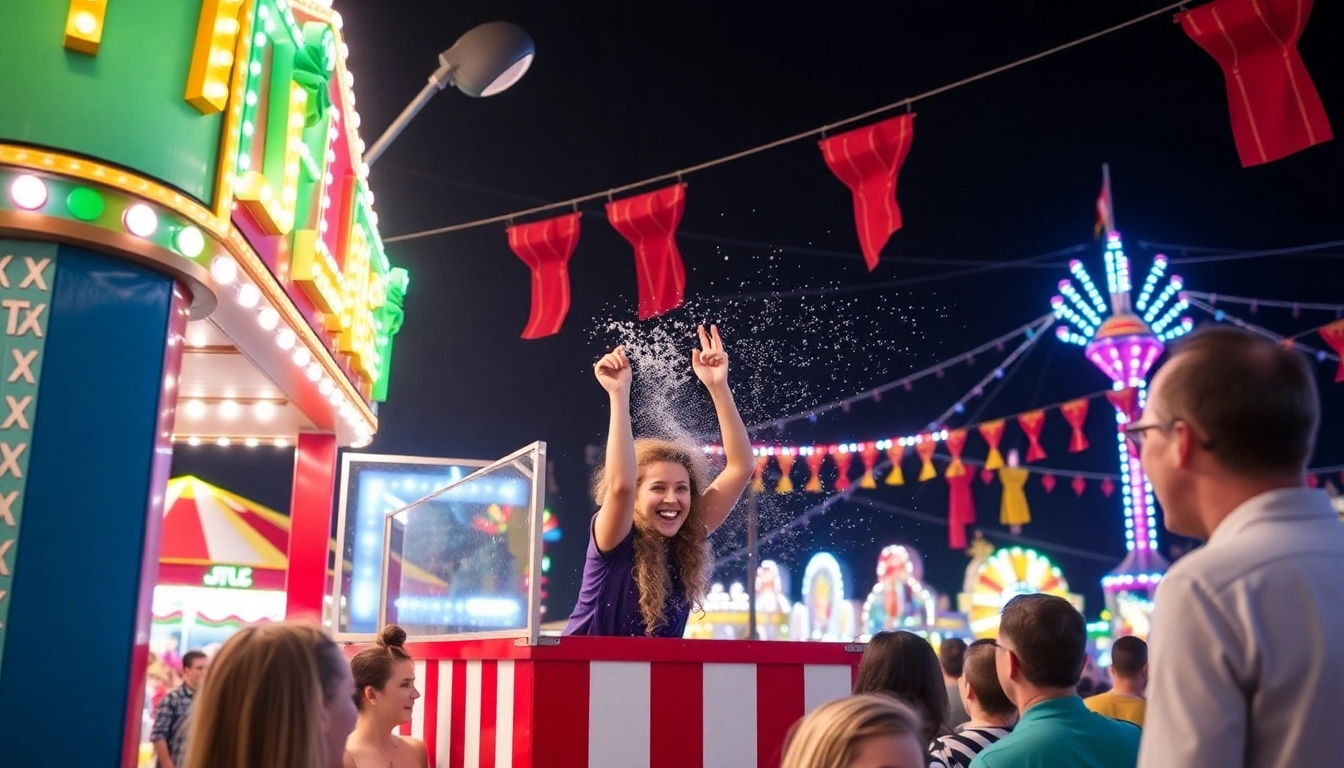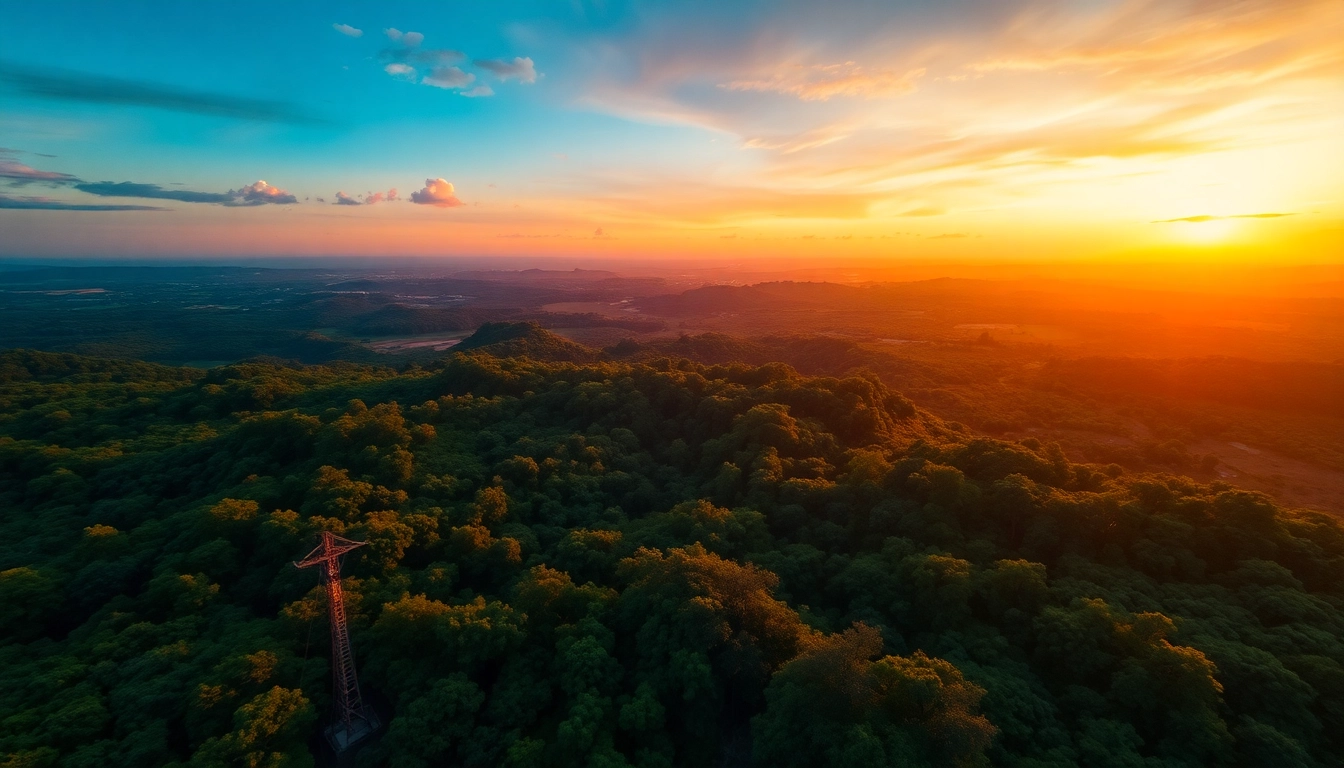Understanding Wildlife Photography Basics
The Essence of Wildlife Photography
Wildlife photography is more than just snapping photos of animals in their natural habitats; it’s an immersive art form that requires a deep understanding of animal behavior, patience, and technical skill. At its core, wildlife photography aims to capture the beauty and rawness of nature, highlighting the intricate relationships among organisms and their surroundings. The connection a photographer develops with their subject often leads to powerful images that evoke emotion and raise awareness about conservation issues. For enthusiasts and professionals alike, exploring this medium can become a lifelong passion. More than just documentation, it’s about storytelling—telling the story of the wildlife that inhabits our world.
Equipment Essentials for Beginners
Choosing the right equipment is crucial for anyone starting in wildlife photography. Unlike other photography genres, wildlife photography often requires specific gear to get the job done effectively. Here are some essentials:
- Camera: A DSLR or mirrorless camera is recommended for their versatility and image quality.
- Lenses: Invest in a telephoto lens (200mm or longer) to get close-up shots of distant animals without disturbing them.
- Tripod: A sturdy tripod will help stabilize your camera, especially important when using long lenses.
- Accessories: Memory cards, spare batteries, and weather protection gear ensure you’re always ready to capture wildlife moments.
Before heading out, familiarize yourself with your equipment settings. Learning how to adjust aperture, shutter speed, and ISO will enable you to respond quickly to varying conditions and capture stunning wildlife images.
Key Techniques for Capturing Wildlife
Mastering wildlife photography involves several key techniques that can elevate your images from ordinary to extraordinary. Here are some fundamental approaches:
- Know Your Subject: Understanding animal behavior is vital. Study the habits of the wildlife you intend to photograph for better timing.
- Patience is Key: Wildlife photography often demands long hours of waiting for the perfect moment. Remaining still and quiet can yield impressive results.
- Eye-Level Perspective: Shooting at eye level results in more engaging images, often creating a stronger emotional connection with the viewer.
- Continuous Shooting Mode: Utilizing this setting allows you to capture multiple frames per second, increasing the chance of getting that perfect shot.
By honing these techniques, wildlife photographers can produce compelling and impactful imagery.
Exploring Techniques for Wildlife Photography
Timing Your Shots: The Best Times to Photograph
Just as the phrase “the early bird catches the worm” suggests, timing plays a significant role in wildlife photography. The golden hours—the periods shortly after sunrise and before sunset—offer natural light that is softer and more visually appealing than harsh midday sun.
Additionally, many animals are more active during these hours. Observing when specific species are most likely to feed, mate, or move can greatly improve your chances of capturing dynamic behavior. Tracking the weather patterns and choosing the right season to photograph can also lead to spectacular images, whether it’s during the migration of birds or the mating rituals of certain species.
Using Natural Light to Your Advantage
Natural light can be both your friend and foe in wildlife photography. The key is learning to utilize it effectively. Early morning and late afternoon light, known as the ‘golden hour’, offers a warm, diffused glow that enhances your photographs. Conversely, shooting during midday can result in harsh shadows and overly bright highlights.
To avoid these pitfalls, consider using a fill flash during the day to soften shadows or finding shaded areas that offer even lighting. Experimenting with backlighting can also create dramatic images—capturing the details of fur or feathers illuminated from behind can produce stunning results.
Framing Your Subject: Composition Tips
Effective composition is crucial in wildlife photography, as it influences how a viewer perceives your image. The rule of thirds is a fundamental guideline that divides your frame into a 3×3 grid, encouraging you to place your subject along these lines or at their intersections. This approach leads to a more balanced and interesting photo.
Additionally, employing leading lines—natural elements that draw the viewer’s eye toward the subject—can guide the viewer’s attention where you want it. Consider the background as well; a cluttered or distracting background can take away from your subject and diminish the image’s impact. A simple, unobtrusive backdrop will help your wildlife subject stand out.
Post-Processing Your Wildlife Images
Best Software for Editing Wildlife Photos
Post-processing is an essential step for any photographer, but especially for wildlife photographers whose images often need a bit of enhancement to reach their full potential. Several software options cater to the needs of wildlife photographers:
- Adobe Lightroom: Excellent for batch editing and adjusting basic parameters like exposure, contrast, and color balance.
- Adobe Photoshop: Offers advanced editing capabilities for more intricate enhancements, such as selective color adjustment and retouching.
- Capture One: Known for its exceptional color grading tools and tethering options, it’s ideal for professional use.
Selecting the right software will depend on your specific editing needs and personal preferences, ensuring you have the tools necessary to elevate your wildlife photographs.
Essential Post-Processing Techniques
Editing is not just about making an image look ‘better’—it’s about presenting the image truthfully while enhancing its existing qualities. Here are some essential post-processing techniques:
- Crop for Composition: Adjusting the crop can refine composition and emphasize your subject.
- Adjust Exposure and Contrast: Fine-tuning these settings can help bring out the details in both the highlights and shadows.
- Sharpening: Careful sharpening can enhance the details in your image, making fur, feathers, or scales pop.
- Noise Reduction: If you shot at a high ISO, applying noise reduction can smooth out graininess while keeping detail.
Keeping your editing consistent can help develop a distinctive style, making your work recognizable across platforms.
Maintaining Authenticity in Your Edits
As you navigate through post-processing, it’s critical to maintain the integrity of your original image. Ethical wildlife photography demands honesty in how we represent the natural world. Over-manipulating an image can lead to misconceptions about the wildlife and environment.
A great practice is to apply minimal edits—adjust brightness, contrast, and saturation without altering the fundamental elements of the scene. When sharing your work, consider indicating the extent of editing performed, particularly when collaborating with conservation organizations or educational platforms.
Creating Engaging Wildlife-Themed Content
Writing Captivating Stories Behind Each Photo
Photography is inherently tied to storytelling. Each wildlife image tells a unique narrative, and providing context can significantly enhance its impact. While sharing your photos, consider writing short pieces that describe the experience of capturing the shot, the behavior of the wildlife, or the environment.
Including specific details, such as the challenges of that particular shoot or the emotions you felt while waiting for the moment, adds depth to your work. These stories can foster a genuine connection with your audience, making them not just viewers of a photo but participants in the journey behind it.
Utilizing Social Media for Wider Reach
In today’s digital age, social media platforms are invaluable for photographers looking to showcase their work and engage with a broader audience. Instagram, Facebook, and Pinterest are particularly effective for visual storytelling. It’s important to curate your social media presence to reflect your brand as a wildlife photographer.
Interactive content like polls, stories, and behind-the-scenes footage can engage followers while establishing a community around your passion for wildlife. Collaborating with fellow photographers or conservationists can broaden your outreach and introduce your work to new audiences.
Building a Portfolio that Attracts Attention
A strong portfolio is essential for any photographer. It showcases not only your best work but also tells the story of your style and journey. Start by selecting your strongest images—those that embody your skill and unique perspective on wildlife. Organize these images thematically, perhaps focusing on specific species or habitats, to create a cohesive narrative.
Consider also the presentation of your portfolio. Whether through a dedicated website, a printed photo book, or an online gallery, your portfolio should reflect your professionalism and passion. Coupled with an engaging bio that outlines your journey and philosophy, your portfolio will serve as a powerful tool to attract attention from potential clients and conservation initiatives.
Contributing to Wildlife Conservation Efforts
The Role of Photography in Conservation
Wildlife photographers hold a unique position in the conservation movement. Through powerful imagery, they document the challenges facing wildlife and raise awareness about environmental issues. These photographs can serve as critical visual advocates for conservation efforts, influencing public opinion and encouraging action.
Many organizations leverage photography to promote their causes. By partnering with these groups, you can give your work a meaningful purpose that extends beyond mere aesthetics. Your images can inspire conservation actions and educate others about the need for preserving natural habitats.
How to Use Your Photography to Raise Awareness
Your photographs can become tools for advocacy. Consider how you can share your work through various mediums, such as exhibitions, social media campaigns, or collaborations with conservation groups. Each photo becomes part of a larger narrative about the importance of wildlife preservation.
Creating informative captions and engaging materials that accompany your photos can facilitate education on the threats that specific species face. For instance, when sharing an image of an endangered species, provide statistics about their population, threats to their habitat, and ways to get involved in their conservation. Encouraging your audience to participate in conservation efforts can amplify the impact of your imagery.
Partnering with Conservation Organizations
Collaborating with conservation organizations can significantly enhance your wildlife photography’s impact. Whether through sponsored projects, wildlife documentaries, or gallery exhibitions, partnerships can provide valuable exposure while underscoring the importance of your work. Research organizations aligned with your values and see how your photography can help promote their missions.
By aligning your photography efforts with conservation initiatives, you not only gain access to incredible subjects but also contribute to a larger response against wildlife threats. Your images can help raise funds, attract volunteer efforts, and nurture awareness—all essential for the relentless endeavors of wildlife protection.



